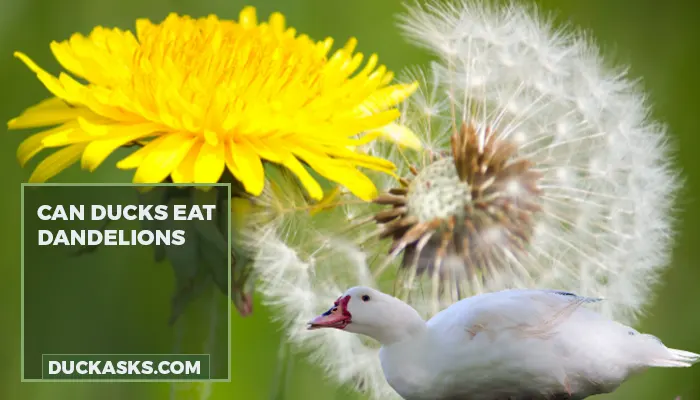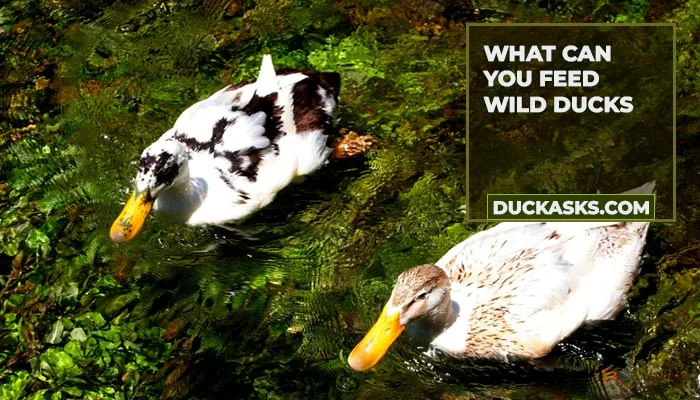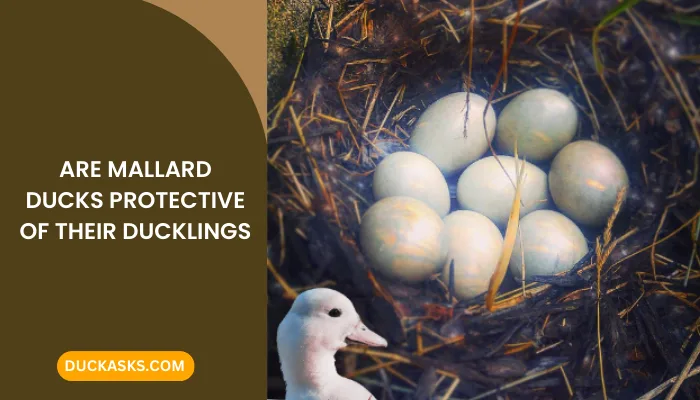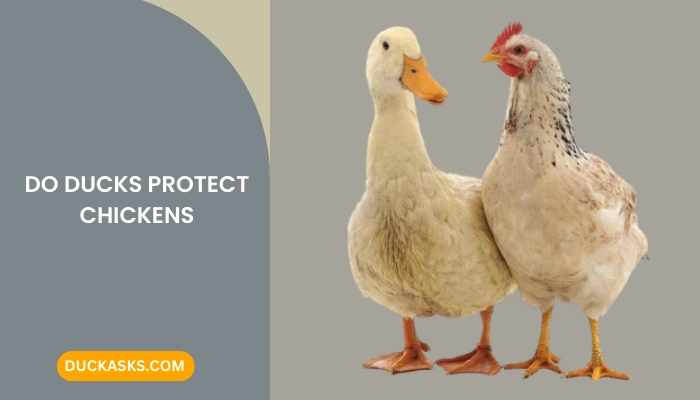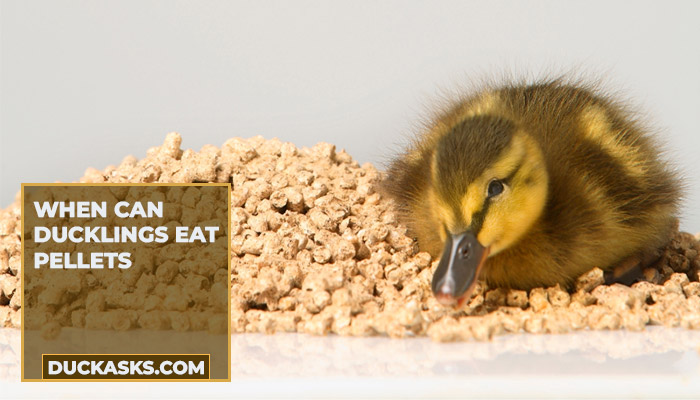What Does It Mean When a Duck Wags Its Tail?
We often see ducks wagging their tails and roaming around. Although many of us think it is just cute and normal, it actually indicates something.
Know that it is important to know the emotions and behavior of this cute bird. So, what does it mean when a duck wags its tail?
Ducks wag their tails, especially when they are happy or excited. It could be when they see food or their owner after a long time. Moreover, ducks may also wag their tails to shake off water after their bath or dust while roaming. Note that they also wag their tails to attract a mate.
Now, this answers your question in brief. But there is more about it that you need to know, and we have got every info in detail. So, dive into the main part now!
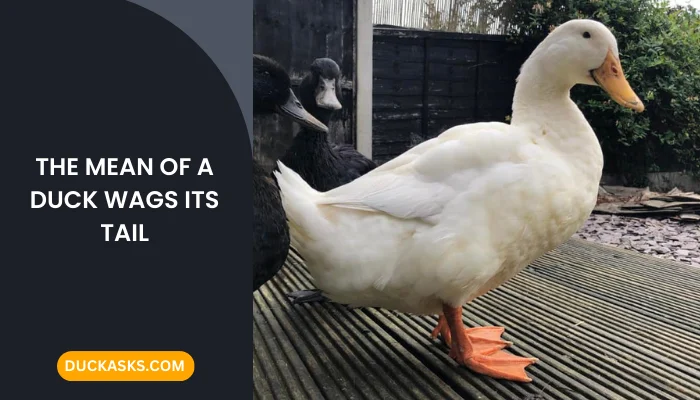
Read more about ducks behavior:
Do All Ducks Wag Their Tails?
One of the most common behaviors of ducks is the wagging of their tails. If you are wondering if all ducks wag their tails or not, it’s a yes.
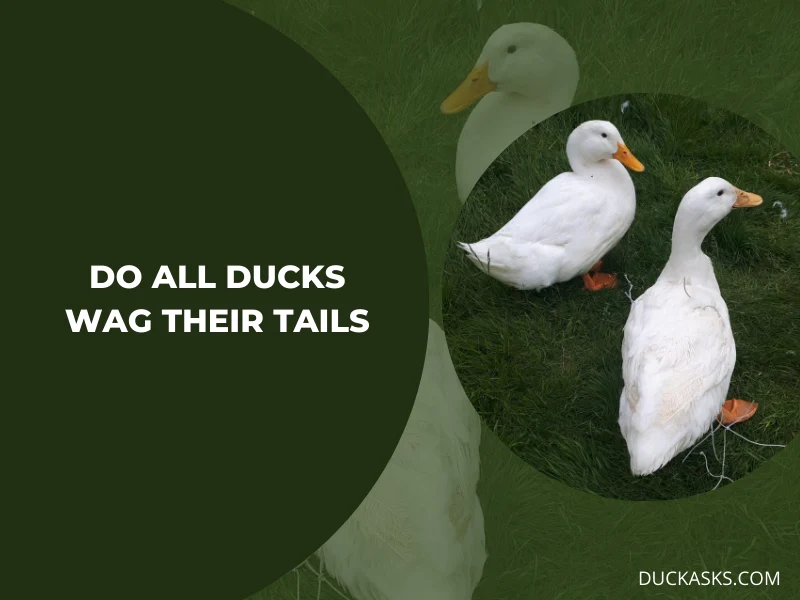
All ducks wag their tails and it is a very common and natural thing for them. However, while many ducks do exhibit tail movements while swimming, it’s not a universal behavior across all duck species.
Tail movements are often associated with the ducks’ swimming motions. This aids in balance and propulsion in the water. However, the extent and style of tail movement can vary among species.
Some ducks may display more noticeable tail wags or flicks during swimming. On the other hand, others might not exhibit this behavior as prominently.
It’s important to remember that duck behavior can differ based on species, environment, and individual habits.
Note that the reason for ducks wagging their tails may vary. As some ducks may wag their tails to express happiness, others may do it just to shed extra water or release anxiety.
What Type of Duck Wags Its Tail?
You already know every duck wags its tail for various reasons. However, there are some specific breeds that do it most significantly, as stated below.
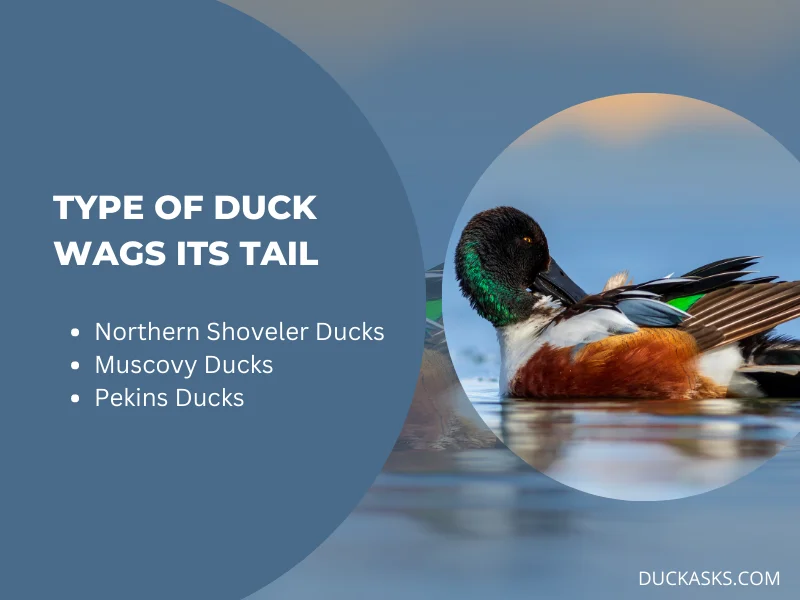
Northern Shoveler Ducks
The Northern Shoveler (Anas clypeata) is known for its distinctive tail-wagging behavior. This medium-sized duck is recognizable by its large spatula-shaped bill and striking plumage.
While swimming, the Northern Shoveler often displays a unique side-to-side tail movement. This sets it apart from many other duck species.
And this tail movement is a notable characteristic of their swimming behavior and can help birdwatchers and enthusiasts identify them.
Muscovy Ducks
This species, Muscovy ducks (Cairina moschata), are distinct in their behavior, including their tail movements. While swimming or walking, Muscovy ducks may exhibit a wagging or pumping motion with their tails.
This behavior is more pronounced in males during courtship displays or while interacting with other ducks. It’s believed that this tail movement is part of their communication and display behaviors.
The behavior helps them establish social hierarchies and convey their intentions to other ducks. This tail wagging of Muscovy ducks adds to their unique charm and behaviors that set them apart from other duck species.
Pekins Ducks
The various body movements while swimming or interacting and tail wagging are prominent features of Pekins ducks’ behavior. Pekins ducks are well-known for their cute tail-wagging display, especially while on land.
However, their overall interactions, swimming patterns, and social dynamics can still vary among individuals and within flocks.
Why Do Ducks Wag Their Tails and Flap Their Wings?
Ducks wag their tails and flap their wings for various reasons, often tied to communication, courtship, display, and physical maintenance. Here’s a breakdown of these behaviors –
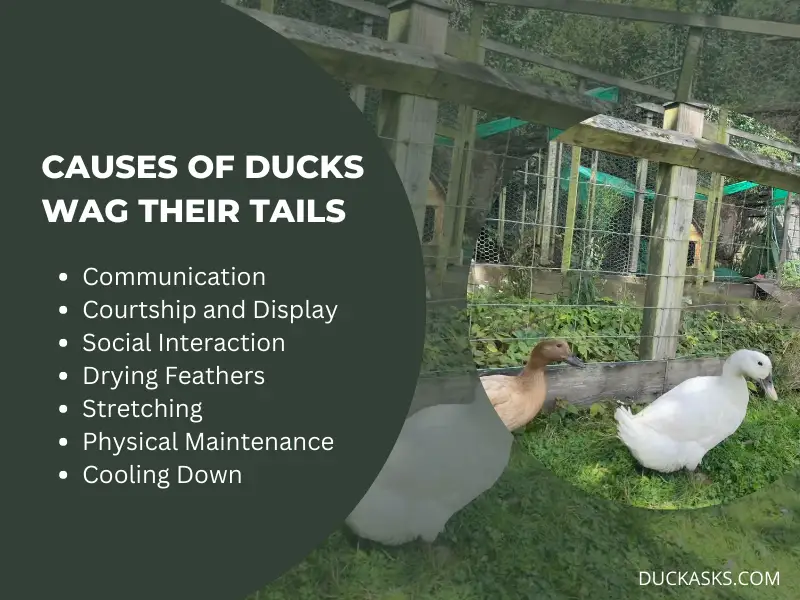
Communication
Tail wagging and wing flapping can be forms of communication among ducks. These behaviors might convey emotions, intentions, or signals to other ducks in their group. For instance, a duck might wag its tail to express excitement or alertness.
Courtship and Display
During the breeding season, ducks engage in elaborate courtship displays to attract mates. Tail wagging and wing flapping are often part of these displays. Males might use these behaviors to showcase their strength and vitality to potential mates.
Social Interaction
Ducks use body language to interact with other ducks in their group. Tail wagging and wing flapping can be part of their social interactions, helping establish hierarchies or indicating submission.
Drying Feathers
Although ducks have waterproof feathers, they still need to maintain them. Wing flapping helps to dry out feathers and keep them in optimal condition for insulation and buoyancy.
Stretching
Ducks may engage in wing flapping and tail wagging as a form of stretching their muscles. This is particularly important after periods of rest or sleep.
Physical Maintenance
Just like humans, ducks need to remove dirt from their bodies too. For this, they flap their wings and wag their tails. This helps remove debris or parasites from their feathers. These movements help keep their plumage clean and free from irritants.
Cooling Down
Ducks don’t sweat, so wing flapping can help them cool down on hot days. The movement helps air circulate under their feathers, dissipating heat.
Is Tail Wagging in Ducks a Sign of Happiness or Something Else?
You already know that a duck wagging its tail generally indicates its happiness or excitement. However, there might be some other reasons too.
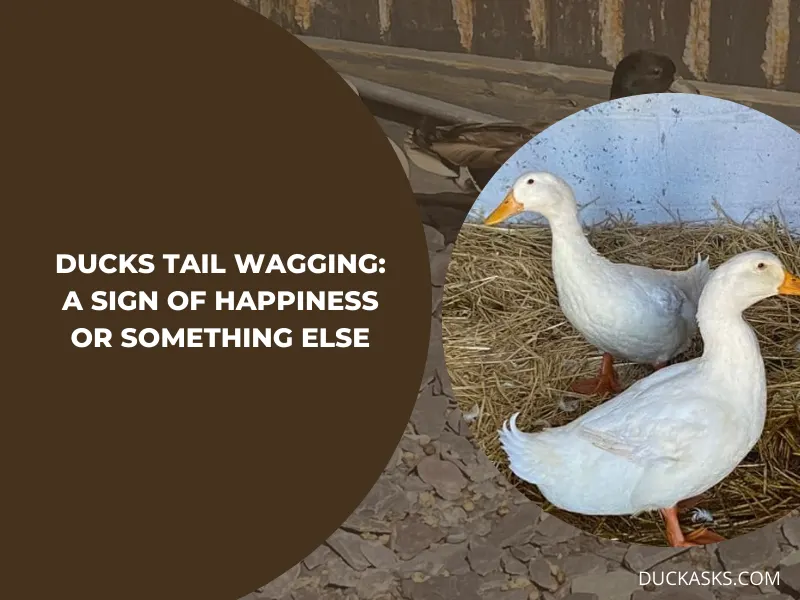
A common reason other than happiness is the tendency to attract a mate. Other than that, they also wag their tails to express gratitude at times.
Note that shedding off water after swimming is a reason for tail wagging as well. To cool off their body, especially in warm weather, they wag their tails too.
Furthermore, ducks may also move their tails if they have any illness. However, it is not a very common incident in general.
Although it is not common, you still need to check up for this. An infection or wound on their tails can be fatal over time. So, this needs medical assistance in no time.
Are There Different Reasons for Tail Wagging in Male and Female Ducks?
Yes, there could be various reasons for male and female ducks wagging their tails. This happens particularly during specific phases such as courtship and communication. Below, you go to the details of these behaviors.
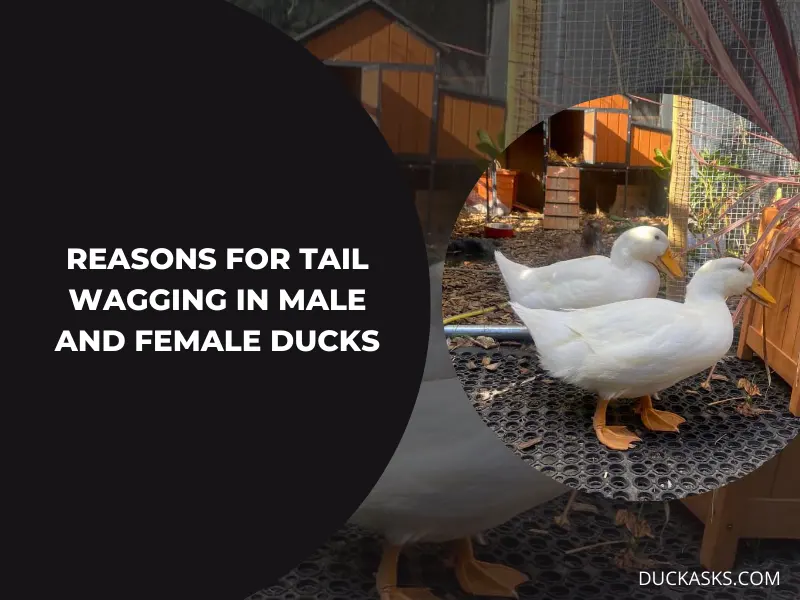
Male Ducks
Male ducks often wag their tails as part of elaborate courtship displays to attract female mates.
Tail wagging can be a way to showcase their physical fitness and vitality to potential partners. It’s a form of communication that signals readiness for breeding.
Female Ducks
Unlike male ducks, female ducks wag their tails to communicate. Note that it is still not as frequent as in seen males. Tail wagging in females could convey emotions, intentions, or signals within their social group.
Both male and female ducks can exhibit tail wagging as part of their social interactions and communication.
While courtship-related tail wagging is more prominent in males, both genders use this behavior to convey messages within their flock.
They also do it during interactions with other ducks. The specific reasons for tail wagging can also vary among different duck species and their individual behaviors.
Can Tail Wagging in Ducks be a Form of Communication?
Yes, tail wagging in ducks can indeed be a form of communication. Ducks use a combination of vocalizations, body movements, and visual displays for this. Tail wagging is one of these behaviors that can hold communicative significance.
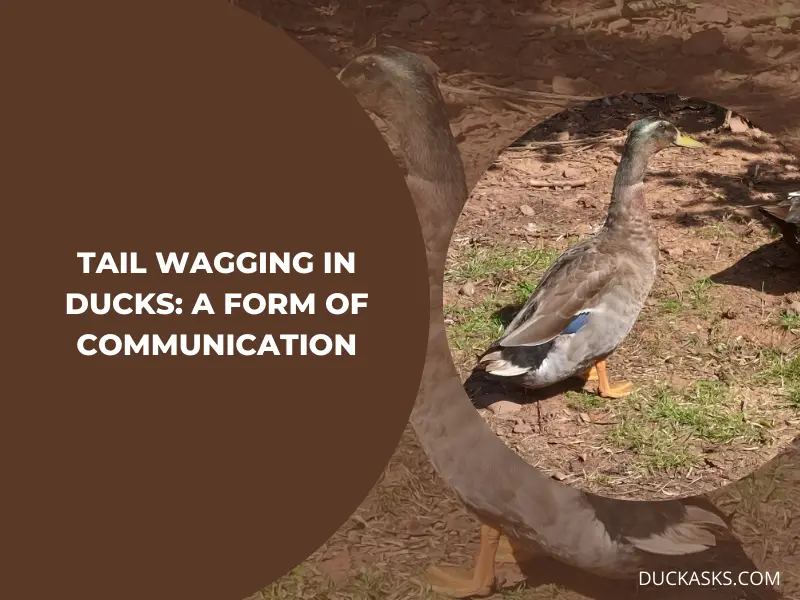
Ducks often wag their tails during social interactions with other ducks. This can be a way to establish hierarchy, indicate submission, or simply express engagement in the group’s activities.
They may also wag their tails when they’re alert or vigilant. This behavior indicates that ducks pay attention to their surroundings. They try to be potentially cautious about any perceived threats.
Furthermore, tail wagging can show that ducks are getting aggressive or dominant at times. Ducks might use this behavior to assert their position in the group.
Are There Any Specific Behaviors that Trigger Tail Wagging in Ducks?
Yes, there are a few behaviors that may trigger tail-wagging ducks. If there is a possible threat to them, they may start wagging their tails being triggered.
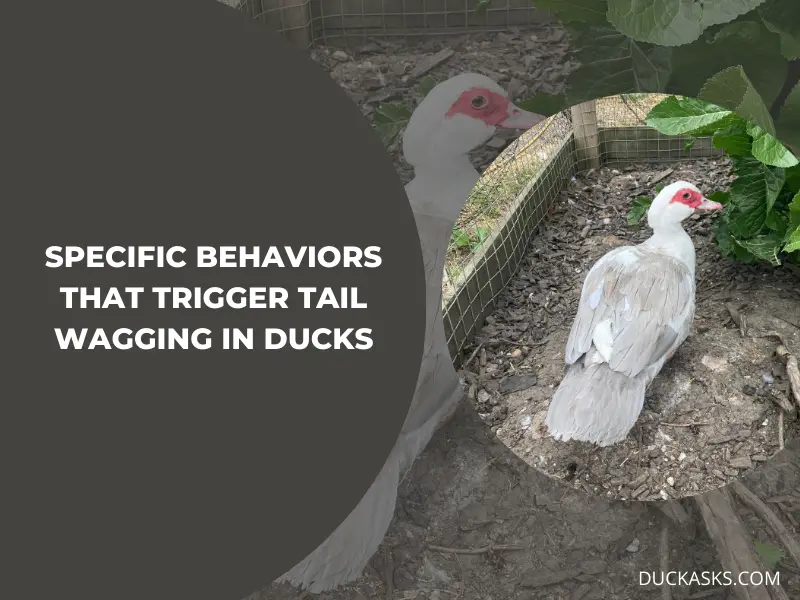
Not only that, even if a known person gets onto them, they can be triggered after a while. Note that an intense activity for a long time can also give them stress.
Due to this, they can be triggered and start wagging their tails to release stress. So, confrontation with enemies or predators, having intense activities, and being stressed are the main reasons behind this.
Can Ducks Wag Their Tails When They Are in the Water?
We commonly see ducks wagging their tails on land. Now, it may arise the question, can ducks wag their tails in the water?
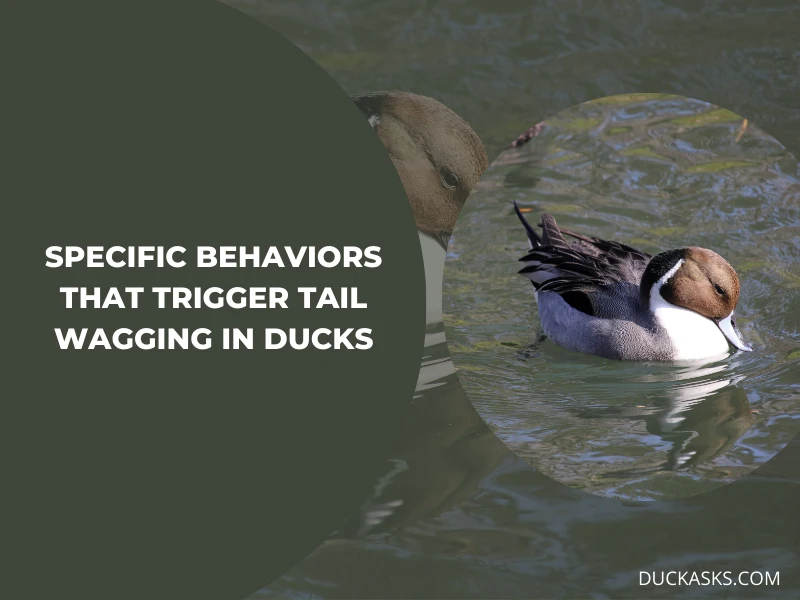
Well, yes. Ducks also wag their tails while they are in the water. The main reason behind them wagging their tails is to balance the motion in the water. To be precise, ducks try to balance their movement and propulsion by moving their tails.
They mainly use their tails for steering and stabilizing themselves as they glide through the water. At times, ducks also try to give off extra water by wagging their tails. They do it as they swim for a relatively long time.
Note that wagging tails don’t indicate happiness or the other common emotions that they express on land.
The Final Words
Now you know what does it mean when a duck wags its tail! We believe you have no more confusion about this behavior.
So, that brings us to the end of this article, but before we wrap up, here is a tip for you. Ducks love free foraging. So, you need to make sure you give them this time no matter how much food you provide by yourself. This will help them grow better.
Image Credit:
- https://www.facebook.com/groups/799545460988572/media (UK ONLY Duck, Goose & Poultry Rescue/Rehome)
- Canva.com/photos


